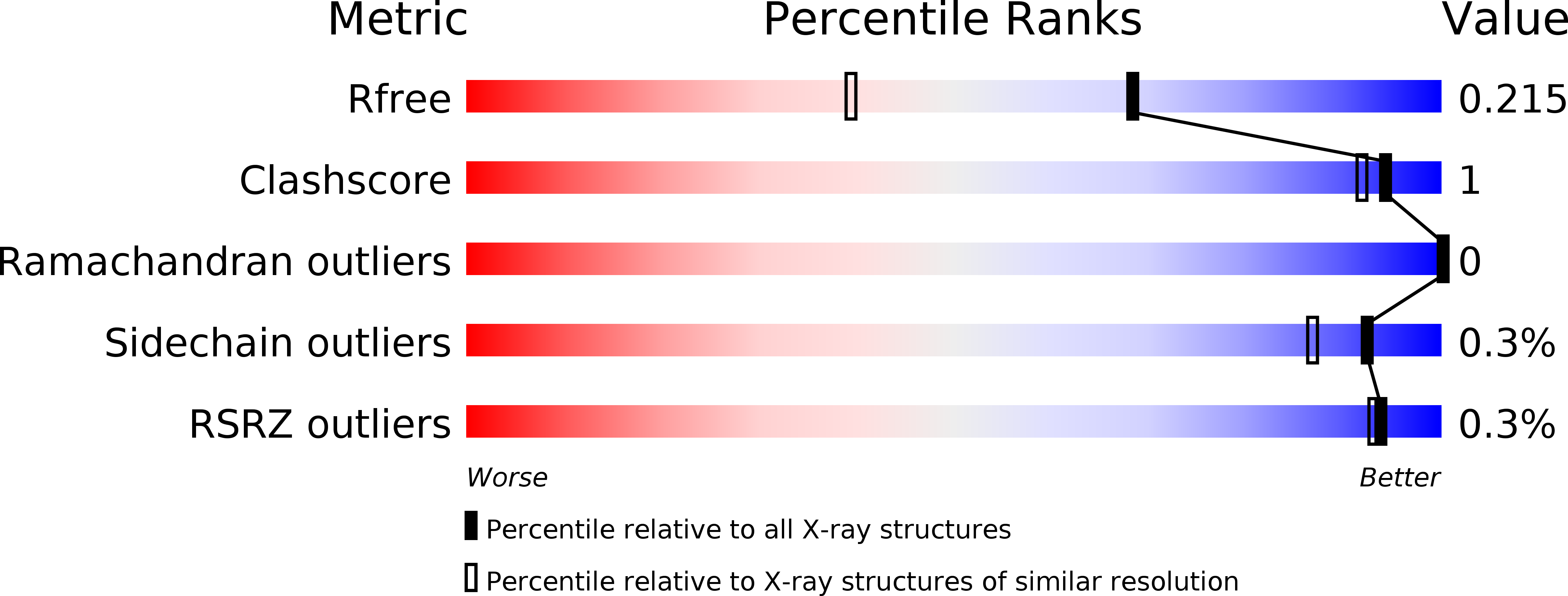
Deposition Date
2014-10-27
Release Date
2015-09-09
Last Version Date
2024-11-20
Entry Detail
PDB ID:
4RO5
Keywords:
Title:
Crystal structure of the SAT domain from the non-reducing fungal polyketide synthase CazM
Biological Source:
Source Organism:
Chaetomium globosum CBS 148.51 (Taxon ID: 306901)
Host Organism:
Method Details:
Experimental Method:
Resolution:
1.60 Å
R-Value Free:
0.21
R-Value Work:
0.18
R-Value Observed:
0.18
Space Group:
P 21 21 21


